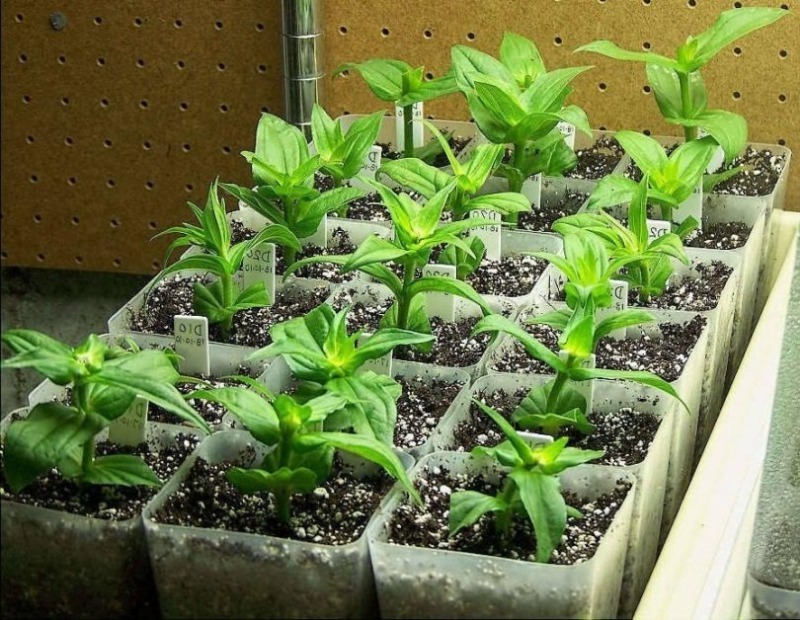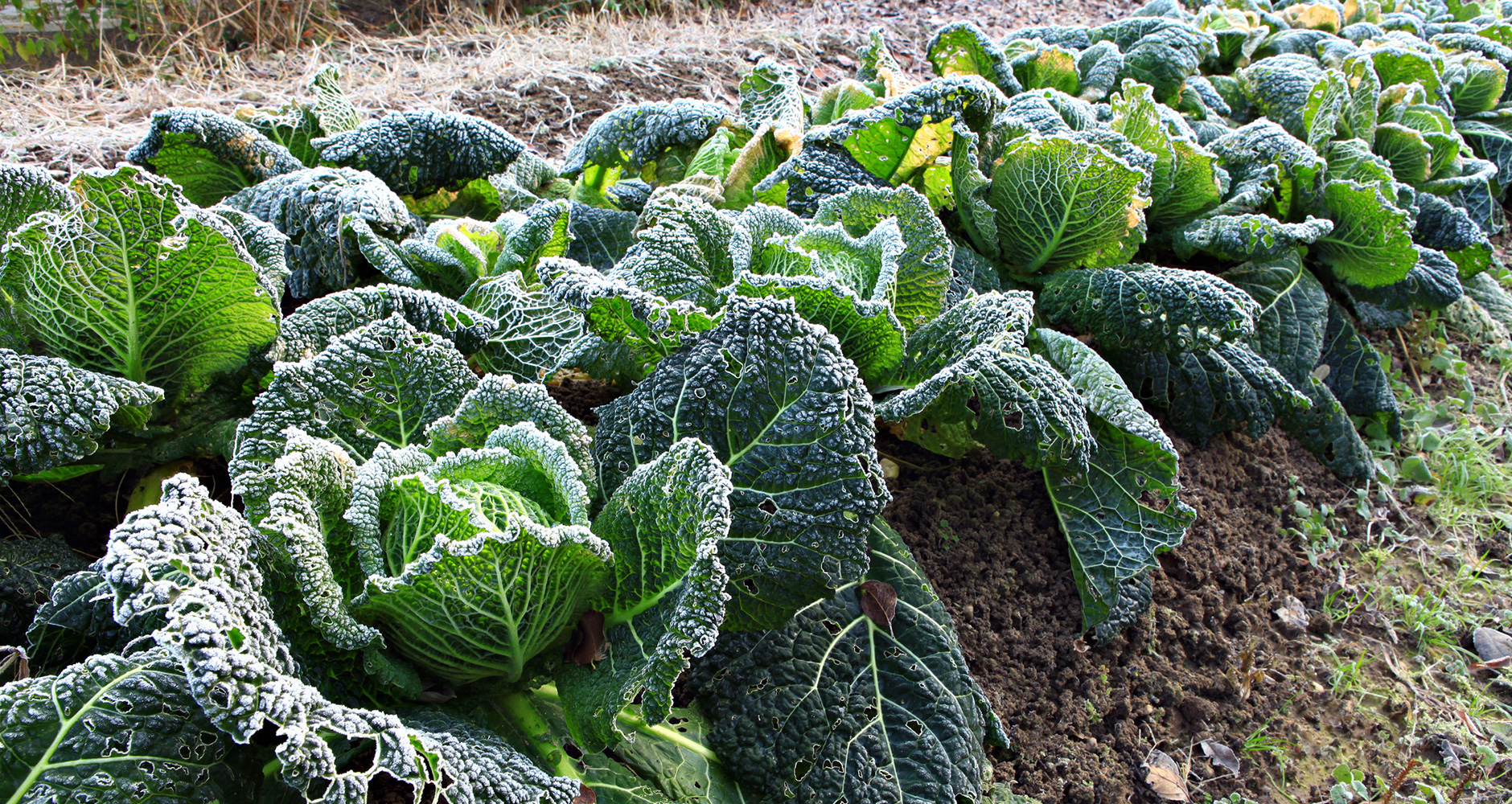If the seedlings are affected by a fungus, then young plants will not be easy to save. Therefore, it is better to think in advance about the safety of seedlings and engage in prophylaxis to prevent diseases.

Selection of resistant hybrids
When buying seeds for seedlings, pay attention to their characteristics. Conscientious growers always indicate on the packages detailed information about the seed, in particular about the degree of resistance of this variety to fungal infections.
It is worth purchasing hybrids bred by breeders - they are hardy, unpretentious in care and are less likely to get sick. These species are specially designed for outdoor cultivation in adverse weather conditions.
Sterile mixture
To prevent the future plant from becoming infected with fungal spores at the earliest stage of its development, the soil for sowing must be sterile. Suitable soil is readily available at any gardening store.
In recent years, coconut-based mixtures have been very popular. The natural ingredient is an excellent baking powder. In addition, it has antibacterial properties, does not get wet or moldy, and therefore does not need additional disinfection. Remaining dry, such soil easily permits oxygen and moisture to the roots.
Warming up your own land
Many gardeners use self-prepared potting soil for sowing. It consists of sod land, peat, river sand and other components.
Such soil must first be disinfected - the soil taken from the garden often contains pest eggs, fungal spores and pathogenic microorganisms. They are able to persist in the ground for a long time and infect seedlings.
One of the most common processing methods is roasting in the oven. Preheat the stove to 90 ° C and put a thin layer of soil on a baking sheet. The procedure will take no more than 30 minutes. During this time, all pathogens will die.
You can also use the microwave turned on at maximum power. Two minutes is enough for complete soil processing. Do not overheat the soil to avoid killing bacteria that are beneficial to plants.
Cleaning the container
Don't forget to disinfect the seedling containers as well. Such comprehensive prevention will save your seedlings from serious ailments. This only applies to containers that are reused - since last season, live fungal spores may remain on it.
Rinse containers and planting tools thoroughly with a concentrated solution of potassium permanganate. Ready-made antibacterial agents, for example, "Farmayod", are more effective. It contains organic compounds that are completely safe for humans and animals. To wash dishes and spatulas, stir 100 ml of the preparation in 10 liters of water.
Clean hands and gloves
Remember that you yourself can accidentally become a carrier of infections that are dangerous to plants. Therefore, always wash your hands before and after work. If you use plastic gloves, keep them clean.
Pathogenic microorganisms are transmitted through soil residues on hands. If you do not follow the rules of hygiene, you run the risk of ruining all the seedlings.
Infrequent sowing
Don't sow seeds too often. When the container for growing seedlings is overflowing with seedlings, air circulation in it is disrupted.
Insufficient oxygen supply creates an ideal environment for the existence and reproduction of various fungi. For the same reason, do not forget to regularly ventilate the room in which you keep young plants.
Warming mat
Hypothermia also negatively affects the health of seedlings, especially such heat-loving crops as tomatoes and peppers. In addition, the cold ground becomes a breeding ground for fungal infections.
Do not place the seedling box directly on a cold windowsill. Make some kind of coaster or heat mat. Such heating will increase germination and have a beneficial effect on the growth rate of seedlings, and the root system will become more branched and strong. In the retail network, you can buy convenient models of rugs with heating cable and infrared film.
Do not water from above
Do not water the seedlings from above, so as not to flood the growth point of the seedlings. In addition, excessive waterlogging of the soil is harmful to plants - stagnant water in the container will cause rotting of the roots and the rapid spread of the fungus.
It is best to pour the water into the pan so that it absorbs into the soil by itself. The roots will take in as much moisture as they need.
If you water with tap water, then first pass it through a filter or let's settle - chlorine and unnecessary impurities can harm the seedlings. In addition, the water for irrigation should not be cold - warm it up to room temperature.
Morning watering
Water only in the morning. This will give the soil a chance to dry out before dark. At night, the air temperature drops, and in combination with moist soil, this will create unfavorable conditions for the seedlings - they will ache and wither.


